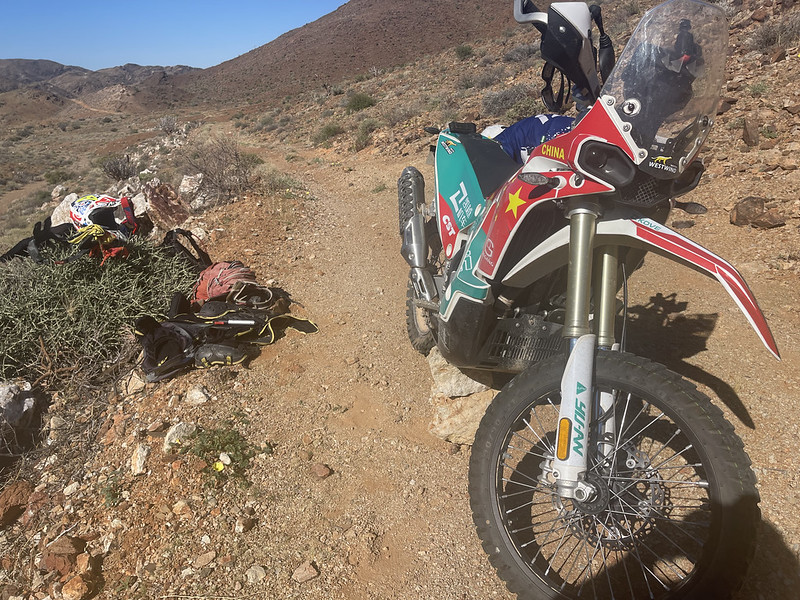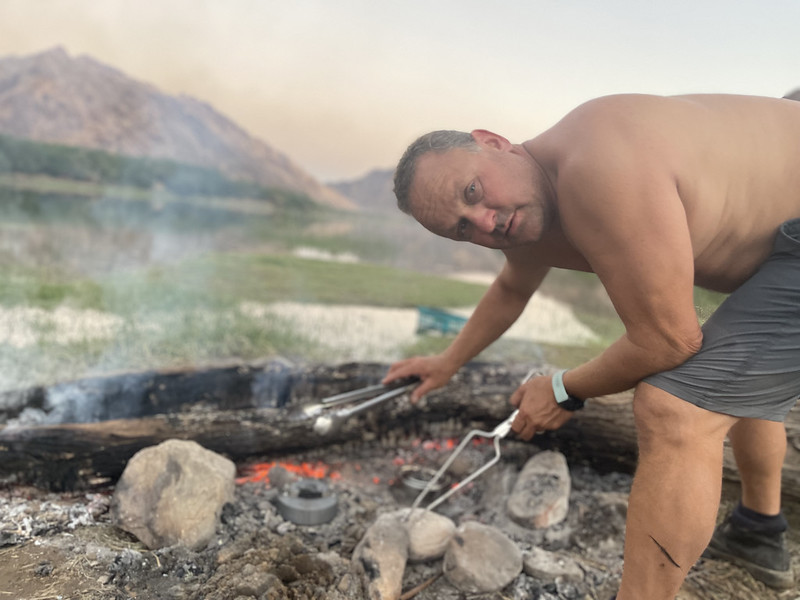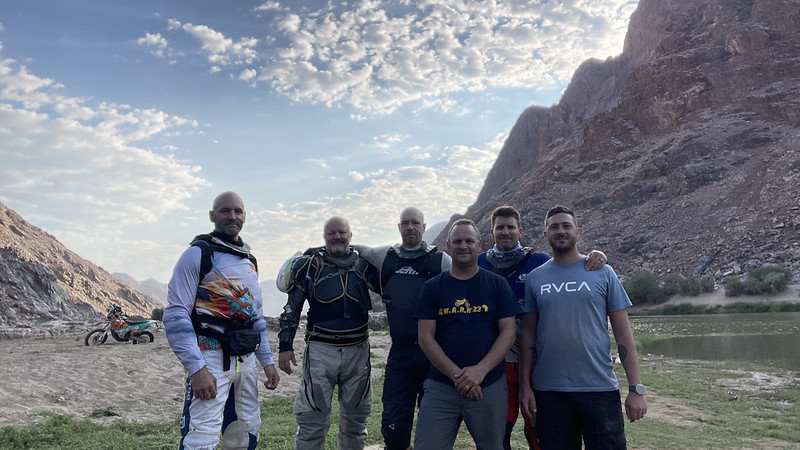- Joined
- Feb 6, 2006
- Messages
- 12,163
- Reaction score
- 5,590
- Location
- Cape Town, deep in the lentils
- Bike
- KTM 990 Adventure
The Kove 450 Rally.

Out of the blue, Conrad from @Off Road Cycles called me to ask if I was keen to ride the new Kove 450 through some desert for a few days and then to give an honest opinion about what I thought of it. Well, if you know Conrad, that wasn’t exactly how he said it, he has a much more masterful command of the more colourful aspects of language. But, regardless, I needed no time to think about it.
“Yes of course! Just say when!”
I have followed this bike with great curiosity since, out of the blue, it was first entered in the Dakar. Everyone laughed up their sleeves when these unheard of Chinese bikes with three rookie riders pitched up at the start line for the 2023 edition. There is no more brutal test of a machine than the Dakar Rally. It looked the business. It had the right lines, very similar to the Factory KTM Rally, but… “it IS Chinese” was what everyone was thinking.
When all 3 bikes made it to the finish line, all the laughing stopped and everyone wanted to know what was this little bike all about?! Was it just a rebadged KTM in camo or what?

Well, here’s a small hidden detail that I think speaks volumes about the bike. I was fixing a puncture, (Roofing nails!)


when from the back whilst groveling in the dirt I spied this in the rear tanks moulding;

That’s finger mouldings in the rear tank for grabbing the back of the bike. No cut out or extra grab handle. Just a unique feature that is all form and function born of people doing the right things for the right reasons. This philosophy is apparent in the rest of the bike. There are no short cuts or cheap shots. Every aspect of the bike just oozes quality and engineering all directed at a singular purpose – a lightweight desert racing machine aimed at the Adventure rider.
Since then some of the biggest names in the adventure and racing crowd have given the inputs on this bike, the internet is awash with reviews and owners stories. There is very little of anything but praise for the little 450. For a first time effort, they seemed to have done something outstanding.
And now, with just 10 of them in the country, I was getting to take the little beast into my favourite part of the world – the Richtersveld. I’d have 3 days to learn what there was to know about this unicorn. I met up with it in Sprinbok

and rode it to the Orange.


The short story is; I think it’s an outstanding bike from almost any point of view or context with remarkably few cons to all the pros I found!
Anyway, lets back track a bit...
For years, for me, it was only a litre class bike or nothing. I would go where I wanted and have that glorious V-Twin KTM 950 drag me into and out of places that often involved tons of sweat but a lot of fun. There were very few places I wouldn’t go. I was young and brave and helpfully, strong.
More, I didn’t think that Dual Sport Adventuring was possible on anything smaller than 800cc class bikes. Why? Because you needed to carry a good amount of stuff, be able to cover vast distances, be comfortable, be dependable, have range, good lights, have excellent suspension, be good at the rougher stuff whilst still capable of 150kph sustained cruising to shrink the distance between here and way over there.
To get to this, even the standard very capable KTM 950 beast I had, needed bigger tanks, reworked suspension and upgraded lights to get it to where I wanted.

It was ingrained into me that bigger was always better. I think it’s intrinsically a failing of the male ego and enhanced by the South African gene. Motorcycle Manufacturers for the western markets have made the most of this trait and given us these monsters that, whilst made to leap around by the Chris Birches and GS Challenge winners types, eat tires and make us mere mortals crap ourselves when the adventure turns off the smooth gravel stuff. It takes full on commitment to take some of these behemoths far off the beaten track.
There are not a lot of people who will ride 200 plus kg bikes through km’s of thick sand, along rutted steep jeep tracks and definitely none who strayed more than 300km from fuel. Sure, it’s fun to slide around smooth gravel sideways and shrink distances between towns by hours, but they are a limitation.
They don’t slow down well in emergencies.
They don’t get much more than 5000km from a rear if you baby it and definitely no more than 3000km if you beat on it.
They require masterful levels of competence to explore the wilder places.
They’re expensive and expensive to maintain.
They don’t get much further than 300km per tank.
There’s a LOT of bike to pick up.
Then, not that long ago, maybe 8-10 years ago, there started to appear the mavericks. People who shucked their monsters and started to adventurise their 500 enduro machines. They had realized that they were overbiked. The lightweight bikes in the market then that were marketed as dual sports, simply didn’t have the quality suspension or the horsepower package. The best of them was probably the dependable but boring DR-Z400 Suzuki Or the Honda 250L and later the 300 l/Rally. They simply lacked a bit of oomph and suspension was, um, adequate.
Nope, it was easier to adventurise proven packages than try increase the performance of what was available. Mostly, everyone bought an enduro machine and then added long range tanks, better seat, better lights, beefs up the subframe to take luggage, maybe add oil and charging capacity. It’s wasn’t a cheap exercise. But, now there was almost nowhere one couldn't point ones nose at.
The less travelled wonders of the Kaokoveld, Richtersveld, Trankei, Botswana, Tankwa, etc. opened up to mere mortals.
Trouble was, that getting to those places was far better with a trailer. These ex-racing bikes make terrible long distance open tar tourers. 120 is about their limit. They’re a pain in the arse in this department, literally.
Until then, I turned my nose up at all of these until I was asked to come test the Honda 250 Rally.
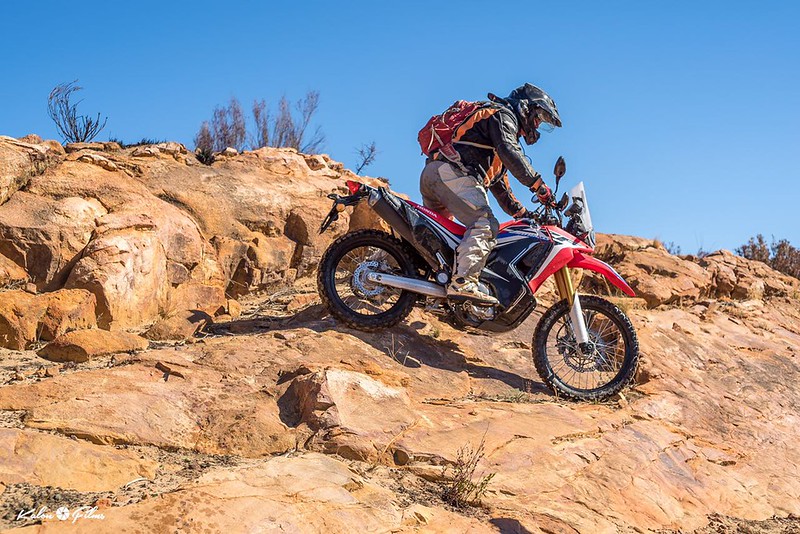
At first ask, I thought it would be a joke until I took it for a spin for a few days in the Tanwa Karoo. The light bulb went on – Many of us are simply overbiked… we’ve bought into the hype and as a result are limited and doomed to stay on the more beaten tracks. “Hmmmm, that track looks promising, BUT… can I turn it around? Will I drop it? How thick is the sand? What’s the climbs like? Where’s the next fuel? Etc.
And so started my education on adventuring on smaller bikes.
I have my ex-Amageza KTM 525 that was a blast to race, but really opened my eyes to the joys of adventuring on lighter bikes.

Sure, a downside is that long distances on tar require patience and good mirrors, but once into the places to explore, they come into their own. It’s exactly the right tool for those more off the beaten tracks. They leave the big bikes in their dust whilst being MUCH safer and far less effort to go into the wilder parts, not to mention MUCH cheaper. A simple example, a rear tire can last years on these bikes rather than days on the bigger ones.
It's not even a comparison anymore, the bigger bikes become the limitation and the liability. Sure they have 120hp and ABS, and and and... but it becomes a survival mission on them rather than fun. Long after the big bikes have turned back, even a half fit, deeply middle-aged old fart is still beaming away exploring the wonders of our worlds.
But, and this is a big but… there are almost no 500 class production dual sport bikes that can really go off the beaten track, except the rare AJP7 and one other I can’t remember at the moment. KTM could have raided their parts bin from their 450RR Factory Dakar bikes years ago and filled in this untapped corner of the market.
Well, shame on them, Kove took the plunge, forged their machine in the worlds toughest race and then set it free. Bully for them! They have the 450 Rally and the full fat 450 Rally Pro. I had the Rally.
I knew it had to be good, but I wanted to see for myself. Who will this bike suit? What will it be very good for? What’s the pro’s and cons of the thing?...

Out of the blue, Conrad from @Off Road Cycles called me to ask if I was keen to ride the new Kove 450 through some desert for a few days and then to give an honest opinion about what I thought of it. Well, if you know Conrad, that wasn’t exactly how he said it, he has a much more masterful command of the more colourful aspects of language. But, regardless, I needed no time to think about it.
“Yes of course! Just say when!”
I have followed this bike with great curiosity since, out of the blue, it was first entered in the Dakar. Everyone laughed up their sleeves when these unheard of Chinese bikes with three rookie riders pitched up at the start line for the 2023 edition. There is no more brutal test of a machine than the Dakar Rally. It looked the business. It had the right lines, very similar to the Factory KTM Rally, but… “it IS Chinese” was what everyone was thinking.
When all 3 bikes made it to the finish line, all the laughing stopped and everyone wanted to know what was this little bike all about?! Was it just a rebadged KTM in camo or what?

Well, here’s a small hidden detail that I think speaks volumes about the bike. I was fixing a puncture, (Roofing nails!)


when from the back whilst groveling in the dirt I spied this in the rear tanks moulding;

That’s finger mouldings in the rear tank for grabbing the back of the bike. No cut out or extra grab handle. Just a unique feature that is all form and function born of people doing the right things for the right reasons. This philosophy is apparent in the rest of the bike. There are no short cuts or cheap shots. Every aspect of the bike just oozes quality and engineering all directed at a singular purpose – a lightweight desert racing machine aimed at the Adventure rider.
Since then some of the biggest names in the adventure and racing crowd have given the inputs on this bike, the internet is awash with reviews and owners stories. There is very little of anything but praise for the little 450. For a first time effort, they seemed to have done something outstanding.
And now, with just 10 of them in the country, I was getting to take the little beast into my favourite part of the world – the Richtersveld. I’d have 3 days to learn what there was to know about this unicorn. I met up with it in Sprinbok

and rode it to the Orange.


The short story is; I think it’s an outstanding bike from almost any point of view or context with remarkably few cons to all the pros I found!
Anyway, lets back track a bit...
For years, for me, it was only a litre class bike or nothing. I would go where I wanted and have that glorious V-Twin KTM 950 drag me into and out of places that often involved tons of sweat but a lot of fun. There were very few places I wouldn’t go. I was young and brave and helpfully, strong.
More, I didn’t think that Dual Sport Adventuring was possible on anything smaller than 800cc class bikes. Why? Because you needed to carry a good amount of stuff, be able to cover vast distances, be comfortable, be dependable, have range, good lights, have excellent suspension, be good at the rougher stuff whilst still capable of 150kph sustained cruising to shrink the distance between here and way over there.
To get to this, even the standard very capable KTM 950 beast I had, needed bigger tanks, reworked suspension and upgraded lights to get it to where I wanted.

It was ingrained into me that bigger was always better. I think it’s intrinsically a failing of the male ego and enhanced by the South African gene. Motorcycle Manufacturers for the western markets have made the most of this trait and given us these monsters that, whilst made to leap around by the Chris Birches and GS Challenge winners types, eat tires and make us mere mortals crap ourselves when the adventure turns off the smooth gravel stuff. It takes full on commitment to take some of these behemoths far off the beaten track.
There are not a lot of people who will ride 200 plus kg bikes through km’s of thick sand, along rutted steep jeep tracks and definitely none who strayed more than 300km from fuel. Sure, it’s fun to slide around smooth gravel sideways and shrink distances between towns by hours, but they are a limitation.
They don’t slow down well in emergencies.
They don’t get much more than 5000km from a rear if you baby it and definitely no more than 3000km if you beat on it.
They require masterful levels of competence to explore the wilder places.
They’re expensive and expensive to maintain.
They don’t get much further than 300km per tank.
There’s a LOT of bike to pick up.
Then, not that long ago, maybe 8-10 years ago, there started to appear the mavericks. People who shucked their monsters and started to adventurise their 500 enduro machines. They had realized that they were overbiked. The lightweight bikes in the market then that were marketed as dual sports, simply didn’t have the quality suspension or the horsepower package. The best of them was probably the dependable but boring DR-Z400 Suzuki Or the Honda 250L and later the 300 l/Rally. They simply lacked a bit of oomph and suspension was, um, adequate.
Nope, it was easier to adventurise proven packages than try increase the performance of what was available. Mostly, everyone bought an enduro machine and then added long range tanks, better seat, better lights, beefs up the subframe to take luggage, maybe add oil and charging capacity. It’s wasn’t a cheap exercise. But, now there was almost nowhere one couldn't point ones nose at.
The less travelled wonders of the Kaokoveld, Richtersveld, Trankei, Botswana, Tankwa, etc. opened up to mere mortals.
Trouble was, that getting to those places was far better with a trailer. These ex-racing bikes make terrible long distance open tar tourers. 120 is about their limit. They’re a pain in the arse in this department, literally.
Until then, I turned my nose up at all of these until I was asked to come test the Honda 250 Rally.

At first ask, I thought it would be a joke until I took it for a spin for a few days in the Tanwa Karoo. The light bulb went on – Many of us are simply overbiked… we’ve bought into the hype and as a result are limited and doomed to stay on the more beaten tracks. “Hmmmm, that track looks promising, BUT… can I turn it around? Will I drop it? How thick is the sand? What’s the climbs like? Where’s the next fuel? Etc.
And so started my education on adventuring on smaller bikes.
I have my ex-Amageza KTM 525 that was a blast to race, but really opened my eyes to the joys of adventuring on lighter bikes.

Sure, a downside is that long distances on tar require patience and good mirrors, but once into the places to explore, they come into their own. It’s exactly the right tool for those more off the beaten tracks. They leave the big bikes in their dust whilst being MUCH safer and far less effort to go into the wilder parts, not to mention MUCH cheaper. A simple example, a rear tire can last years on these bikes rather than days on the bigger ones.
It's not even a comparison anymore, the bigger bikes become the limitation and the liability. Sure they have 120hp and ABS, and and and... but it becomes a survival mission on them rather than fun. Long after the big bikes have turned back, even a half fit, deeply middle-aged old fart is still beaming away exploring the wonders of our worlds.
But, and this is a big but… there are almost no 500 class production dual sport bikes that can really go off the beaten track, except the rare AJP7 and one other I can’t remember at the moment. KTM could have raided their parts bin from their 450RR Factory Dakar bikes years ago and filled in this untapped corner of the market.
Well, shame on them, Kove took the plunge, forged their machine in the worlds toughest race and then set it free. Bully for them! They have the 450 Rally and the full fat 450 Rally Pro. I had the Rally.
I knew it had to be good, but I wanted to see for myself. Who will this bike suit? What will it be very good for? What’s the pro’s and cons of the thing?...
Last edited:





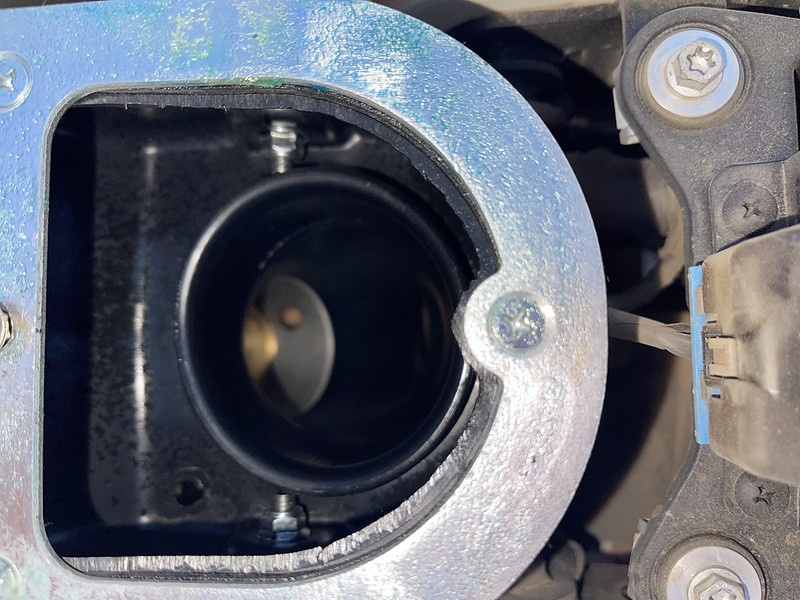


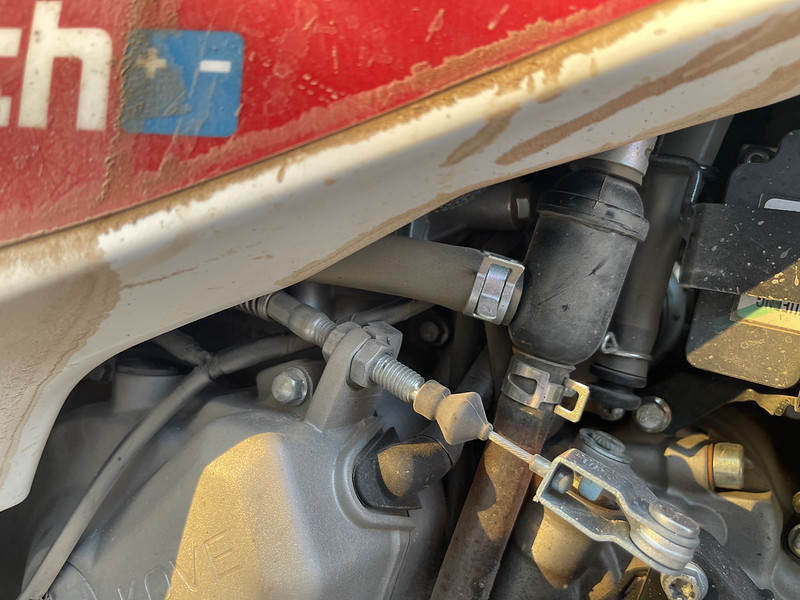







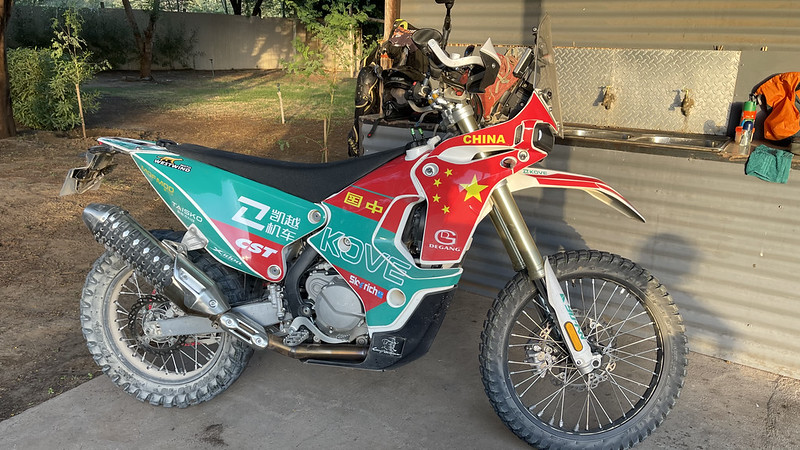

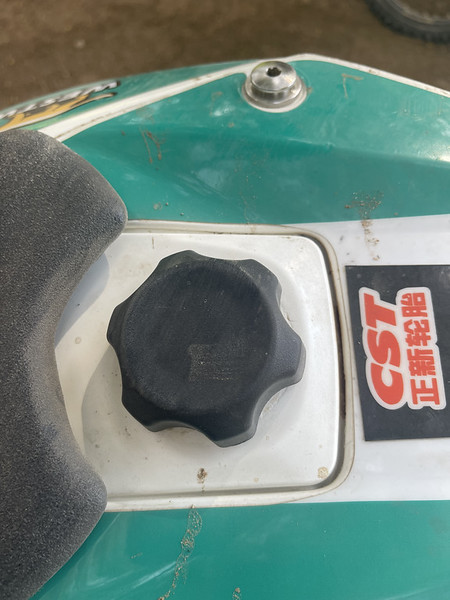















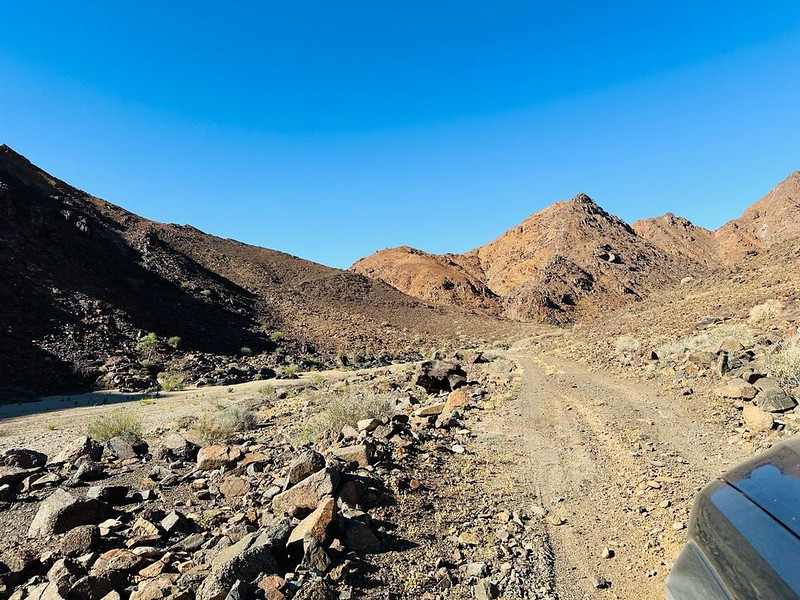
 [
[


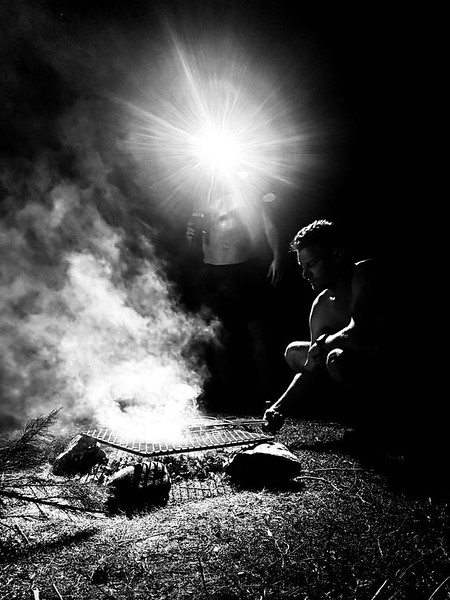 [/url
[/url


